The animal kingdom is full of surprises, but every so often, our furry, feathered, or scaly counterparts display behaviors that feel uncannily like something straight out of human life. These moments remind us that animals might be a lot closer to understanding us—or mimicking us—than we ever imagined. Here are 15 fascinating examples of animals behaving in ways that feel strikingly familiar.
1. Apes Learning Sign Language to Communicate
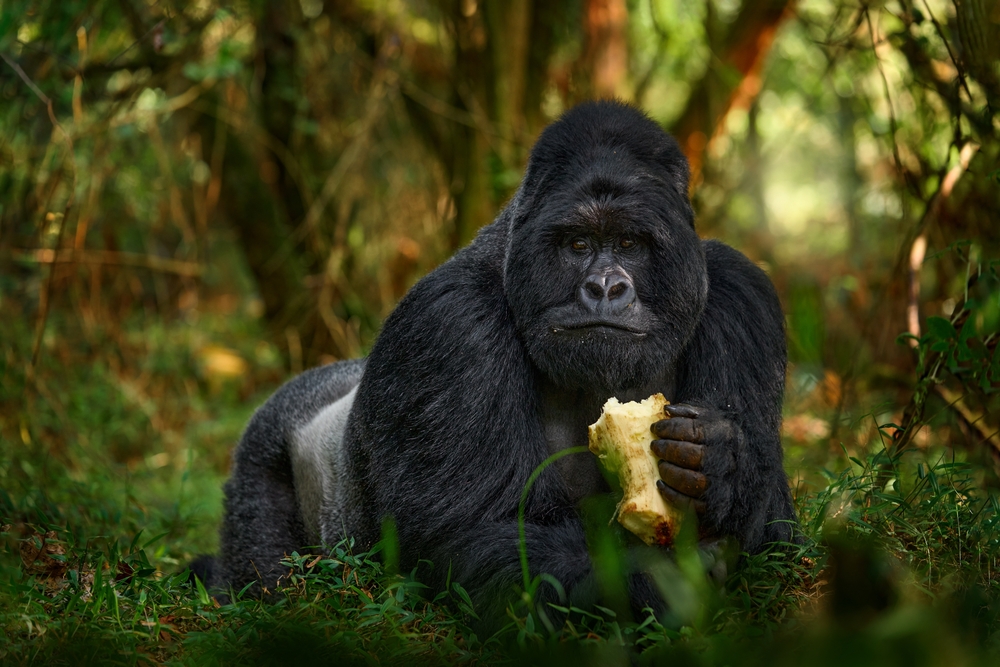
It’s one thing for a pet to understand commands, but apes like Koko the gorilla took communication to a groundbreaking level. With an understanding of over 1,000 signs in American Sign Language, Koko wasn’t just responding to her handlers—she was sharing her emotions, cracking jokes, and even expressing grief. When her pet kitten passed away, her signs for “sad” revealed an emotional depth that mirrored human mourning.
2. Crows Using Tools to Solve Problems
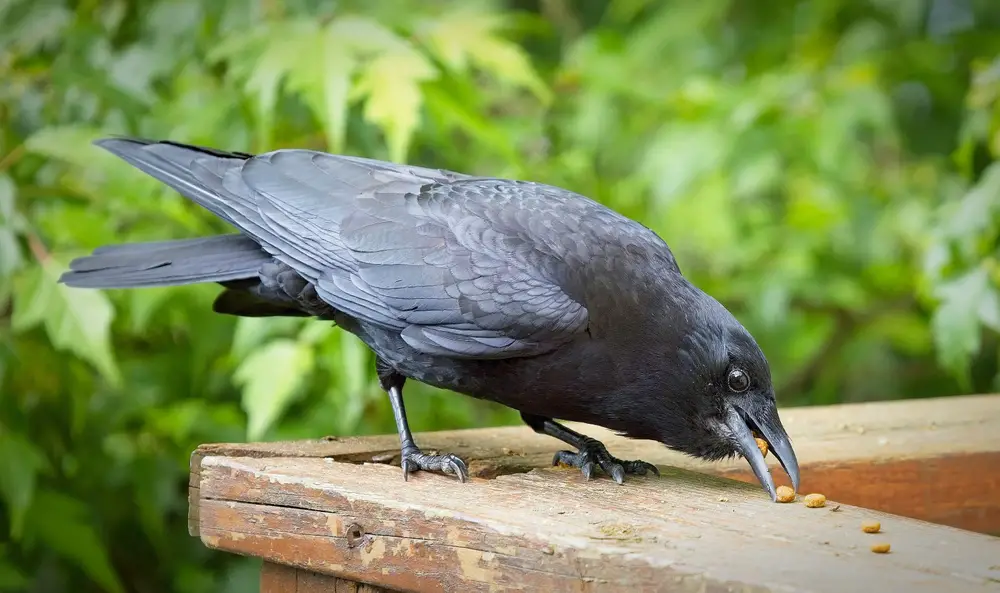
Crows might not look like they’d ace a problem-solving test, but their intelligence is practically uncanny. These birds have been observed crafting tools from sticks to fish out food from hard-to-reach places. In some studies, they’ve even solved multi-step puzzles that would stump most toddlers. Watching a crow calculate its next move is like seeing the gears of a miniature, feathered engineer’s mind in action.
3. Dolphins Naming Each Other with Unique Whistles
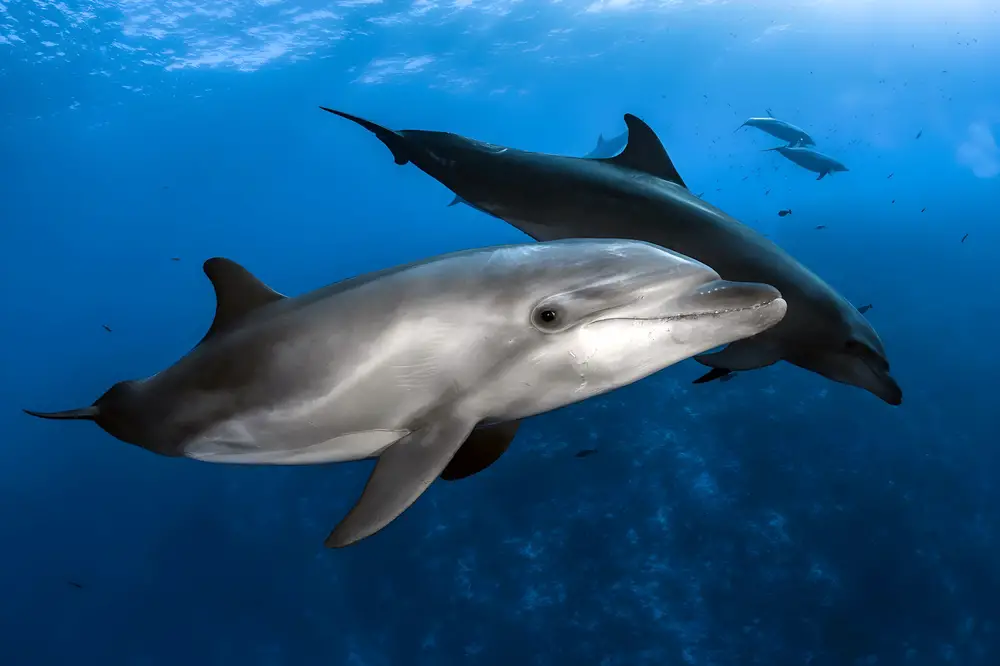
Dolphins aren’t just swimming around aimlessly; they’re engaged in a social scene as sophisticated as a cocktail party. Scientists discovered that dolphins use specific whistle patterns as names, recognizing and calling out to one another. It’s as if they’re introducing themselves with personalized greetings, proving their social intelligence rivals that of humans in many ways.
4. Elephants Holding Funerals for Their Dead
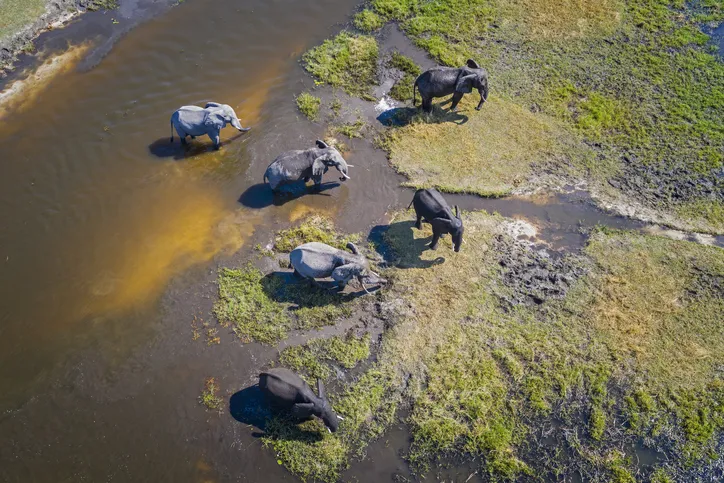
When an elephant dies, its herd doesn’t just move on—it mourns. Elephants have been known to visit the bones of their deceased, gently touching them with their trunks. In some cases, they’ve even stayed by the body for days. This behavior feels hauntingly similar to human grief rituals, as though elephants also need closure for their losses.
5. Octopuses Displaying Creative Problem-Solving Skills
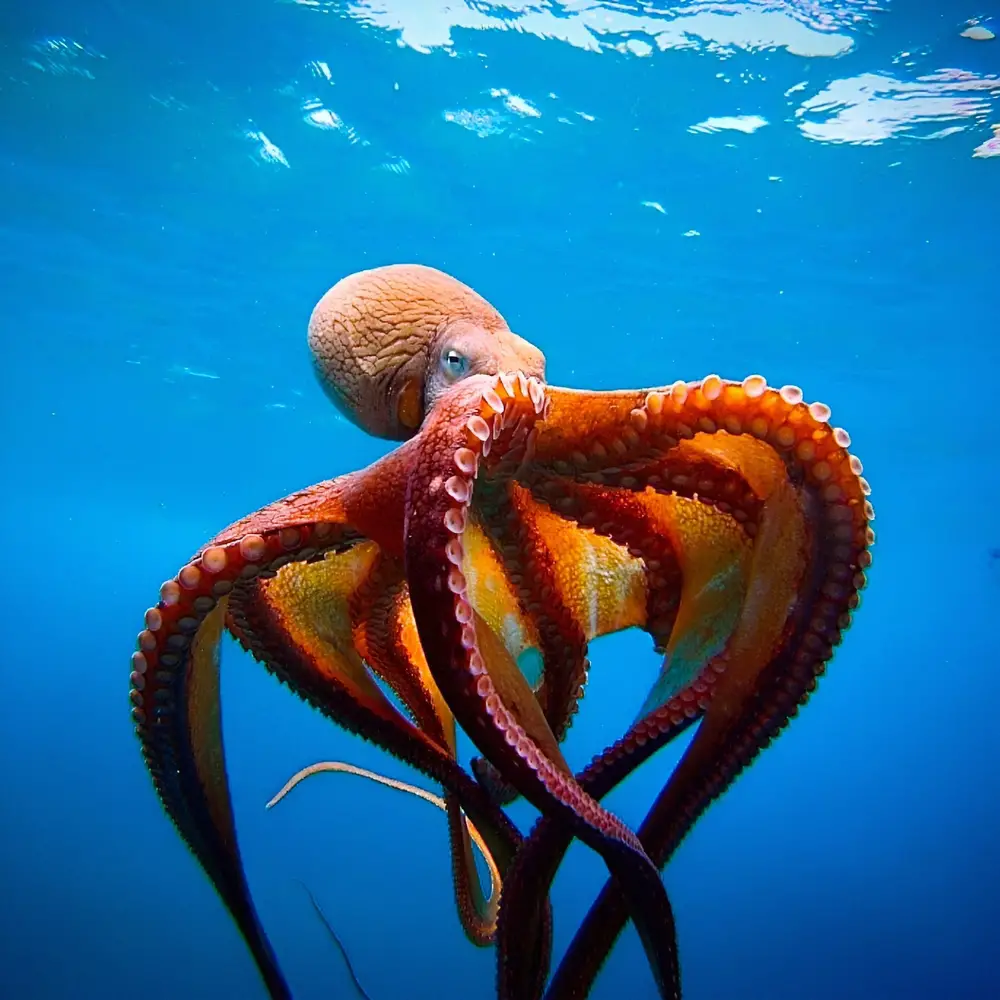
Octopuses are the Houdinis of the sea, known for escaping enclosures and solving complex puzzles. In one instance, an octopus named Inky managed to climb out of his tank, crawl across a room, and slide into a drain leading to the ocean. Their uncanny knack for problem-solving and planning almost makes it feel like they’re plotting their next great escape.
6. Parrots Using Words in Context
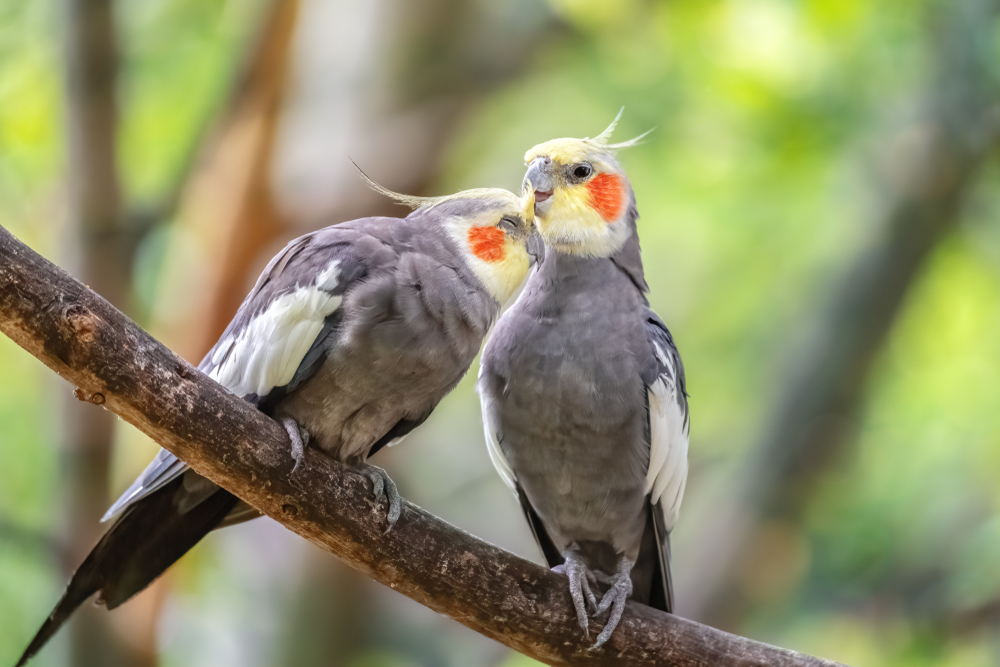
Sure, parrots mimic human speech, but some go far beyond rote repetition. Take Alex, an African grey parrot who could identify objects, count, and even answer questions about his feelings. Alex once said, “I’m sorry,” after biting his handler, suggesting not only intelligence but a level of emotional awareness that’s rarely associated with birds.
7. Dogs Comforting Humans in Distress

Dogs don’t just sense when you’re sad—they act on it. Many pet owners report their dogs snuggling up to them during tough times, but science backs this up. Studies show dogs are attuned to human emotions, often mirroring them or trying to offer comfort. This empathetic behavior feels like something more than instinct; it’s a deep, emotional connection.
8. Penguins Proposing with Pebbles
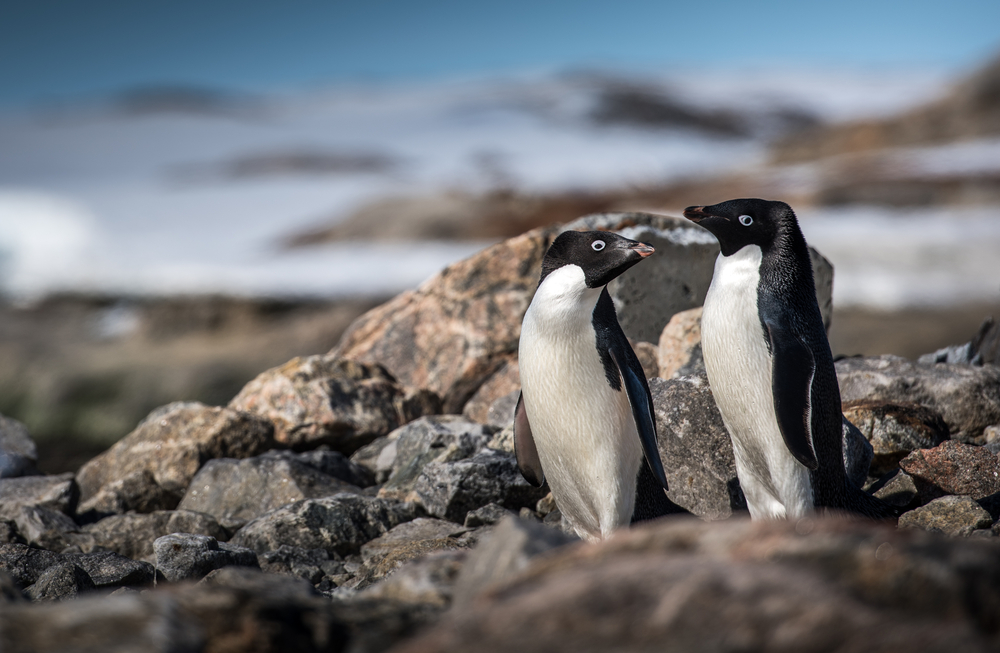
Adélie penguins have a courtship ritual that’s disarmingly human-like: males search for the perfect pebble to present to their chosen mate. If the female accepts the gift, it’s essentially a proposal, and the pebble becomes part of their nest. This romantic gesture feels oddly reminiscent of human traditions, down to the search for the perfect “ring.”
9. Rats Laughing When Tickled
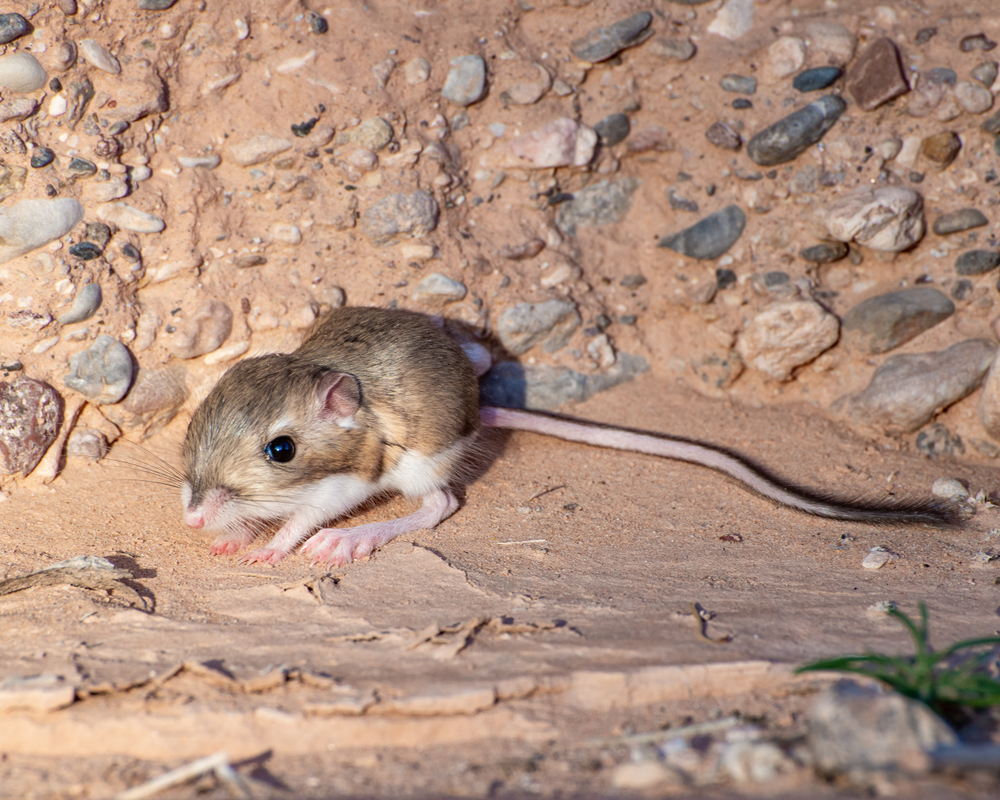
Yes, you read that right—rats laugh when they’re tickled. Using special equipment, scientists recorded the ultrasonic giggles of happy rats during playtime. It’s a reminder that joy and laughter aren’t exclusively human emotions, and even the smallest creatures can have big feelings.
10. Cats Befriending Robots

Cats are known for their aloofness, but some have been seen forming bonds with robotic vacuum cleaners, napping on them or following them around like companions. It’s a strange, almost futuristic dynamic that makes you wonder if cats are expanding their social circles—or if they see robots as glorified servants.
11. Bears Mimicking Human Gestures
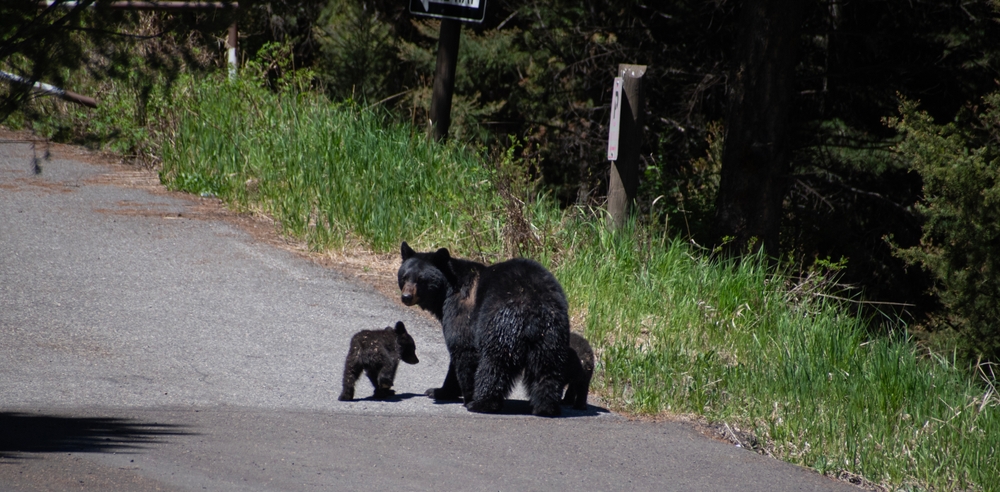
In a rare and slightly eerie display of imitation, bears in captivity have been observed copying human actions, such as waving back or even using sticks to draw in the dirt. These moments highlight an ability to mimic that feels more aligned with a curious child than a wild animal.
12. Pigs Playing Video Games
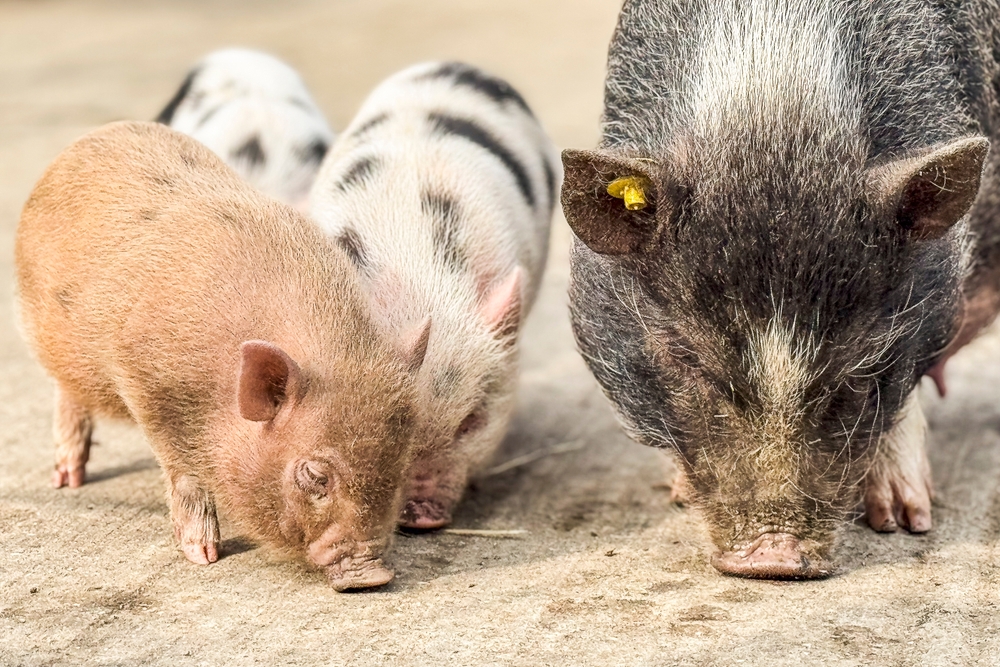
Pigs might be associated with barnyard life, but research shows they can play video games with joysticks—and win. In one study, pigs successfully moved a cursor on a screen to complete tasks, proving their intelligence and adaptability. Watching a pig “game” is both hilarious and humbling, a reminder that intelligence takes many forms.
13. Squirrels Pretending to Hide Food

Squirrels aren’t just scatterbrained—they’re strategic. When they sense they’re being watched, they’ve been observed faking out potential thieves by pretending to bury nuts while actually stashing them elsewhere. This level of deception feels like something straight out of a spy novel.
14. Horses Recognizing Themselves in Mirrors
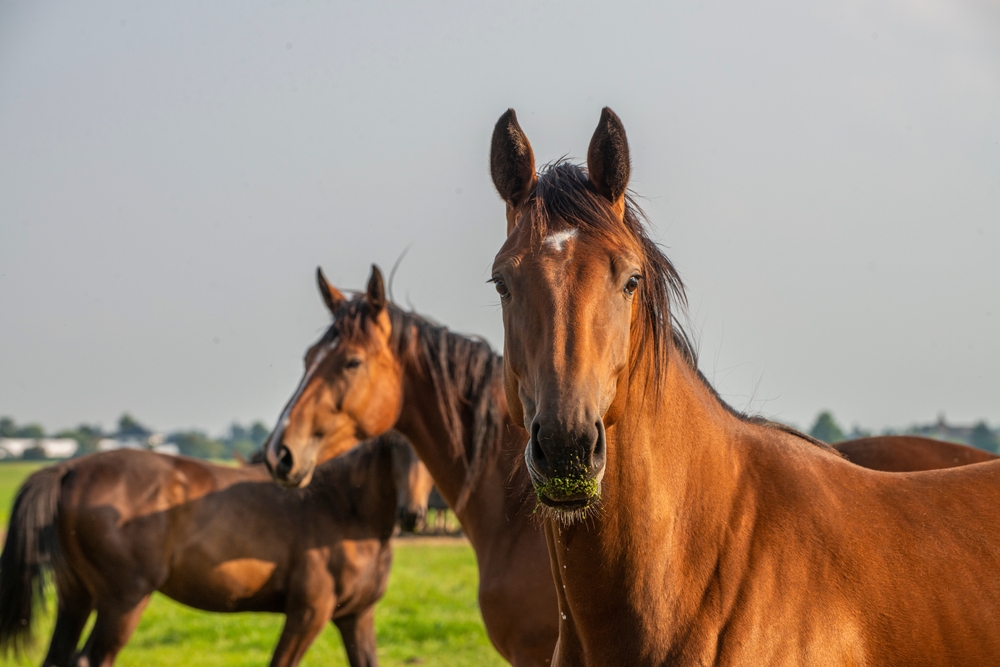
Self-recognition is a test of advanced cognition, and horses have passed with flying colors. In experiments, some horses noticed marks on their faces while looking in mirrors and tried to wipe them off, suggesting an awareness of self that’s deeply rare in the animal world.
15. Whales Creating and Passing Down Cultural Traditions
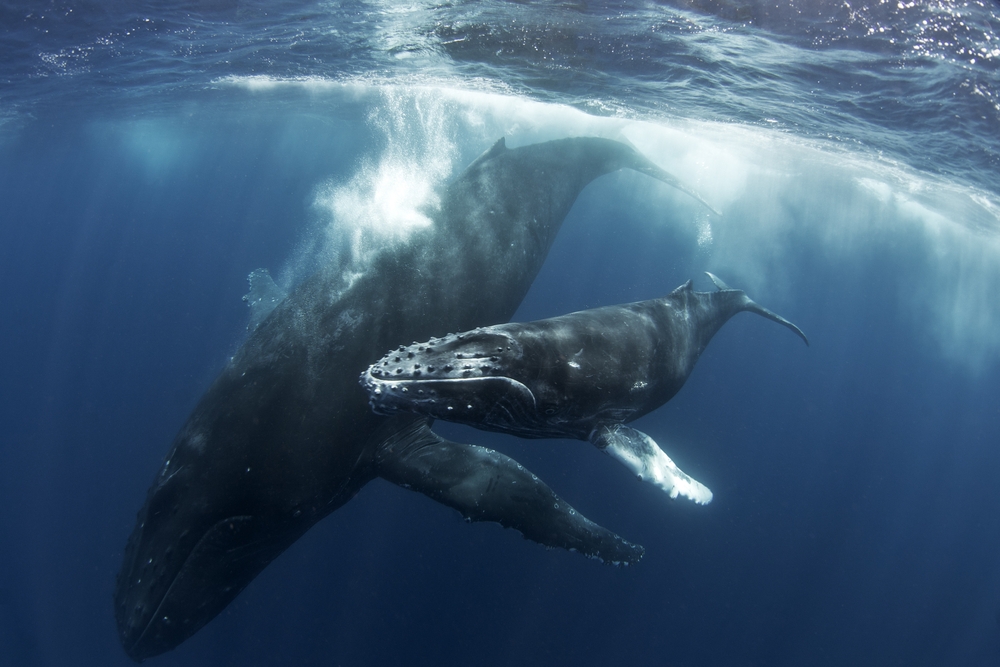
Humpback whales don’t just sing—they compose. Researchers have found that whale songs evolve over time and are shared across groups, much like human musical trends. This suggests whales have cultural traditions that they teach and adapt, showing a level of sophistication that’s astonishingly human-like.
These moments of human-like behavior in animals are more than just entertaining anecdotes—they challenge how we understand intelligence, emotion, and connection across species. Perhaps the gap between us and them isn’t as wide as we once thought.
